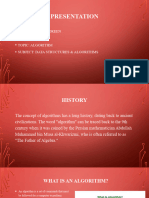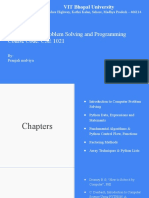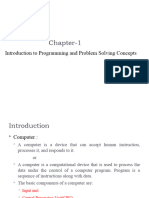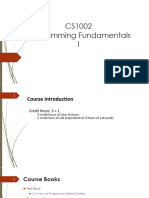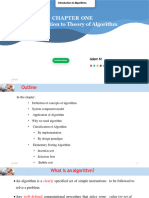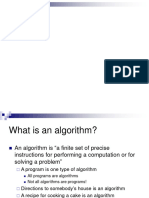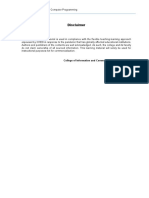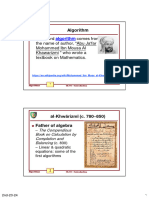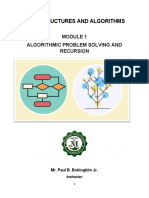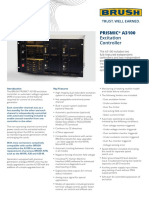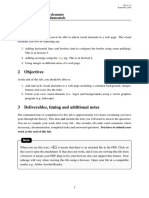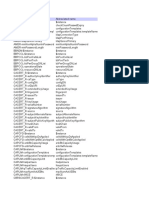0% found this document useful (0 votes)
16 views35 pagesASD I Course Chapter 1.2 Introduction Algorithms
Uploaded by
chifaachottCopyright
© © All Rights Reserved
We take content rights seriously. If you suspect this is your content, claim it here.
Available Formats
Download as PDF, TXT or read online on Scribd
0% found this document useful (0 votes)
16 views35 pagesASD I Course Chapter 1.2 Introduction Algorithms
Uploaded by
chifaachottCopyright
© © All Rights Reserved
We take content rights seriously. If you suspect this is your content, claim it here.
Available Formats
Download as PDF, TXT or read online on Scribd
/ 35


